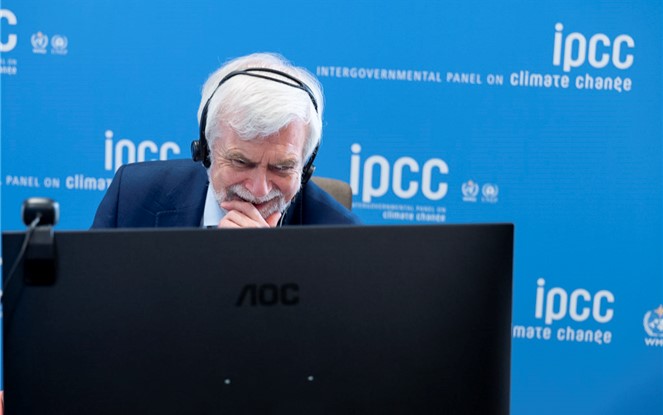
Carbon Credit Market Performance, the Other, Other Market
Has trading in carbon credits increased?
Carbon credits, also known as carbon offsets, are permits developed in 1997 by the United Nations’ Intergovernmental Panel on Climate Change (IPCC). They allow the owner to emit a certain amount of carbon dioxide or other greenhouse gases. One credit permits the emission of one ton of carbon dioxide or the equivalent in other greenhouse gases. They exist to create a monetary incentive for companies to reduce their carbon emissions. Those that cannot easily reduce emissions can still operate, however, at a higher financial cost.
As the carbon credit market matured another year, transactions for carbon credits are averaging at the same pace as 2021. But higher prices have been received on projects that are seen as more effective in reducing greenhouse-gas emissions. Some say this is a sign that the market has become more accepted and is functioning with increased comfort and understanding.
Transaction and Price Data
Nearly 172 million credits were purchased and retired by final buyers through Dec. 9th. Exchange-traded volumes were steady at 108 million credits through November, near the same level of 112 million during the same period last year, according to data from Xpansiv, an exchange for carbon offsets.
The price for credits rose to $7.50 during 2022, up from $6.10 last year. However, they are off their highs of the year. This is the result of carbon-credit prices having fallen in sympathy with other markets after traders sold credits in March as rising inflation and energy prices squeezed corporate profits.
The market was valued at $2 billion in 2021, substantially up from about $520 million in 2020. Each credit is equivalent to a ton of carbon dioxide prevented from being released into the atmosphere. Credits can change hands several times before being retired, which means they are removed from circulation and counted against companies’ emissions.
Carbon Neutrality Standards
There was some criticism hurting the market based on the knowledge that the transfer of credits doesn’t reduce carbon emissions because the projects they fund are not effective. This is because it was found that some buyers of the credits could then claim to be carbon neutral despite emitting large amounts of greenhouse gases. While this is how the transfer of carbon credits is intended to prevent excessive greenhouse gases, the understanding still does not sit well with some.
Concerns about standards continue to cloud the unregulated market. This has prompted U.S. regulators and lawmakers to investigate. The Securities and Exchange Commission (SEC) proposed in March of this year designed to make the market more transparent. In October, seven U.S. senators urged the Commodity Futures Trading Commission (CFTC) to “develop qualifying standards for carbon offsets that effectively reduce greenhouse gas emissions.”
What is Impacting Carbon Credit Market and Sectors?
Governments of countries with some of the largest projects halted credit production during 2022. The reduction of supply added to the markets has caused some traders to pause as they determine how events impact their market.
As quoted in The Wall Street Journal, “There’s a perfect storm of activities,” according to Saskia Feast, managing director of global climate solutions at Climate Impact Partners, a carbon consulting and finance firm. “Ultimately, if these initiatives are successful, it will help deliver scale and confidence in the market. But the risk is delaying action and delaying finance because all these things are coming into the market and creating paralysis.”
Some Climate Impact Partners clients have adjusted their offsetting approach and now focus on credits that are created by projects protecting and replenishing forests and newer credits produced in the past few years, according to Ms. Feast.
This is reflected in the data. Average prices for forestry and land-use projects trading on exchanges jumped 55% to nearly $9. Trading volumes for credits created since 2020 jumped while they declined for most older credits, which are viewed as being less rigorous. Nature-based carbon credits, which include those from projects preventing deforestation and reforesting, trade at premiums.
Take Away
Carbon credit trading, while around since 1997, is still discovering itself. It is not yet regulated, and value and price discovery is less effective than other more mature markets.
The early stages of any market is where speculative investors either do extremely well, or more statistically likely, tie up money for long periods of time. If the volume of trading (liquidity) increases, there could be strong upward price momentum.
Carbon-credit issuance seems to value newer and presumably greener projects higher than older, less strict credits. For investors that are not trading credits for business reasons, this would seem to have a decaying effect on credits, even if the overall market is up.
Managing Editor, Channelchek
Sources